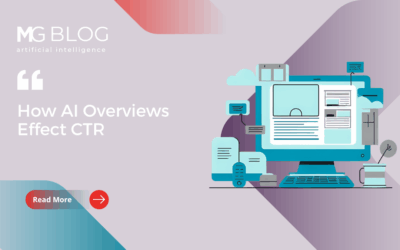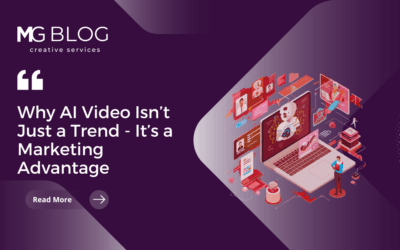
The world is currently witnessing a fourth industrial revolution. The U.S. Energy Information Administration projects a 28 percent increase in world energy use by the year 2040, affecting food, transportation and more. Meanwhile, innovative technologies are used to support these global transformations. Driving this fourth wave and underpinning these technologies is one essential ingredient: data.
Data was certainly the hot topic at Informatica’s 2018 World Tour’s stop in Washington DC. To kick off the event, Anil Chakravarthy, CEO of Informatica, discussed how data can drive intelligent disruption and digital transformation across industries. “We believe in the disruptive power of data to transform every business, every government agency and every non-profit,” Chakravarthy said. “Data is helping to drive digital transformation with new customer engagement models – or new citizen engagement models for government, new products and services, and new operating models, like those of Uber or Amazon.”
Federal government is in the midst of this fourth industrial revolution and is re-focusing its efforts on harnessing and integrating the massive volumes of data that agencies process every day. Consider the 2017 President’s Management Agenda, which aims to modernize federal government using data as a strategic asset. How? Primarily through the Federal Data Strategy, which will “create a coordinated approach to federal data use and management that serves the public.” While it’s clear that data is transforming the way government works, civilian and defense agencies alike are still trying to figure out how they can best use their data to increase efficiency and promote transparency.
During Informatica’s Public Sector Breakfast at the World Tour, federal and industry leaders came together to discuss how government can achieve such mission outcomes through the Federal Data Strategy. Informatica’s chief federal strategist, Michael Anderson, hosted a panel that included the following speakers:
- Tony Scott, Chairman and CEO, Tony Scott Group and former federal CIO
- Thomas Sasala, Director, Army Architecture and Chief Data Officer, U.S. Army CIO Office
- Sherry Bennett, Chief Data Scientist, DLT Solutions
- Porter Shomo, Director, DoD/FSI Sales, Tableau Software
Data strategies and assets have become a central focus for federal government, which is in stark contrast to previous years. “In this year’s management agenda, IT modernization issues and data strategy were at the top of the list,” Scott said. Even with data as a top priority for government, one of the biggest hurdles is the huge volume of disparate data agencies have to process. “You can liken it to water, water everywhere but not a drop to drink. It’s data, data everywhere but not an insight to be made out of it,” Scott added.
Under the Federal Data Strategy, the cross-agency priority (CAP) goal is targeted to help agencies consider the structural barriers around data and form more collaboration. “Structural barriers keep getting in the way,” Scott said. “With the cross-agency goals, the hope is to look at some of these and determine which [data centers] are no longer relevant and which ones were for the greater good. Then, agencies can start using the right tools to do something with their data. This is a good start and I hope the momentum continues.”
For the Department of Defense (DoD), data strategies have long informed the pursuit of emerging technologies like artificial intelligence (AI) and machine learning. “We have a data strategy that was published in 2016 as well as an implementation plan,” Sasala said. “And while the Department is interested in AI, machine learning and cognitive services, the center of these technologies and strategies is data. You can’t get to the analytics without understanding the data or having it be trusted.”
Additionally, government will need to ensure both agency leaders and data analysts have a common understanding of the mission and desired outcome for their data. “It’s going to take leadership and people at the bottom,” Bennett said. “They’re the ones who know the processes. They’re the ones who have their hands and feet in it.”
“There are a couple of big challenges ahead of us,” Scott concluded. “First, we all really understand the amount of data being generated is off the charts. We’re going to have to get better and better at distinguishing signal from noise. The second one is this notion of providence. Is it altered and is it traceable? Those are two areas where a lot more work can be done.”
By leveraging the Federal Data Strategy, private industry PR and marketing leaders can meaningfully engage with government to integrate and strategize their data – thus producing a more effective and transparent government while driving a data-driven digital transformation in this fourth industrial revolution.
Learn more about the Federal Data Strategy and the Informatica World Event (Informatica is a Merritt Group client).



